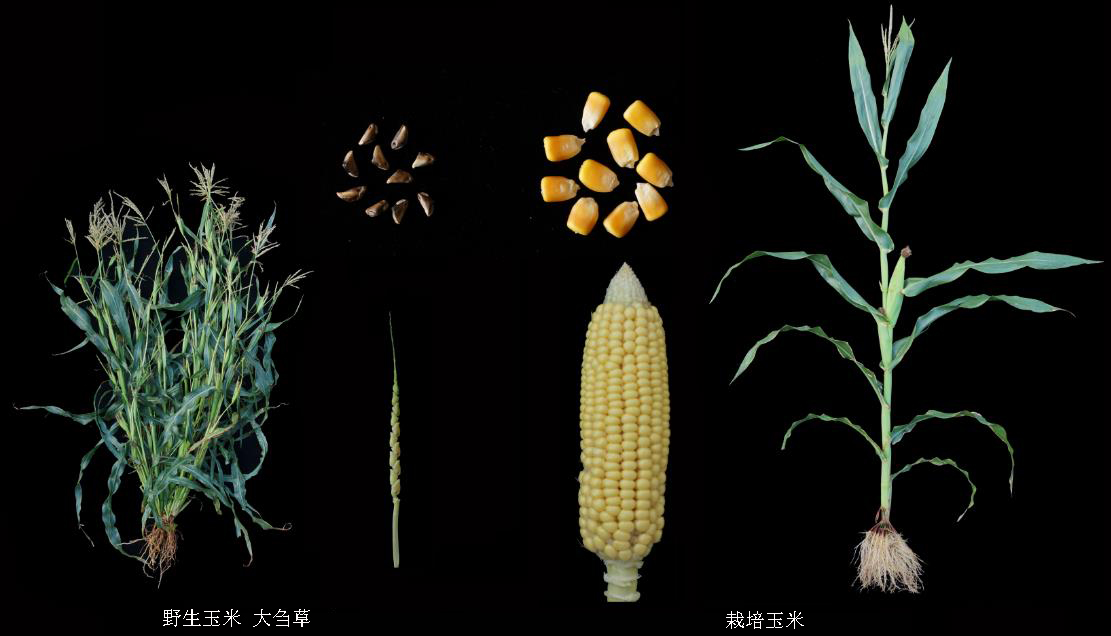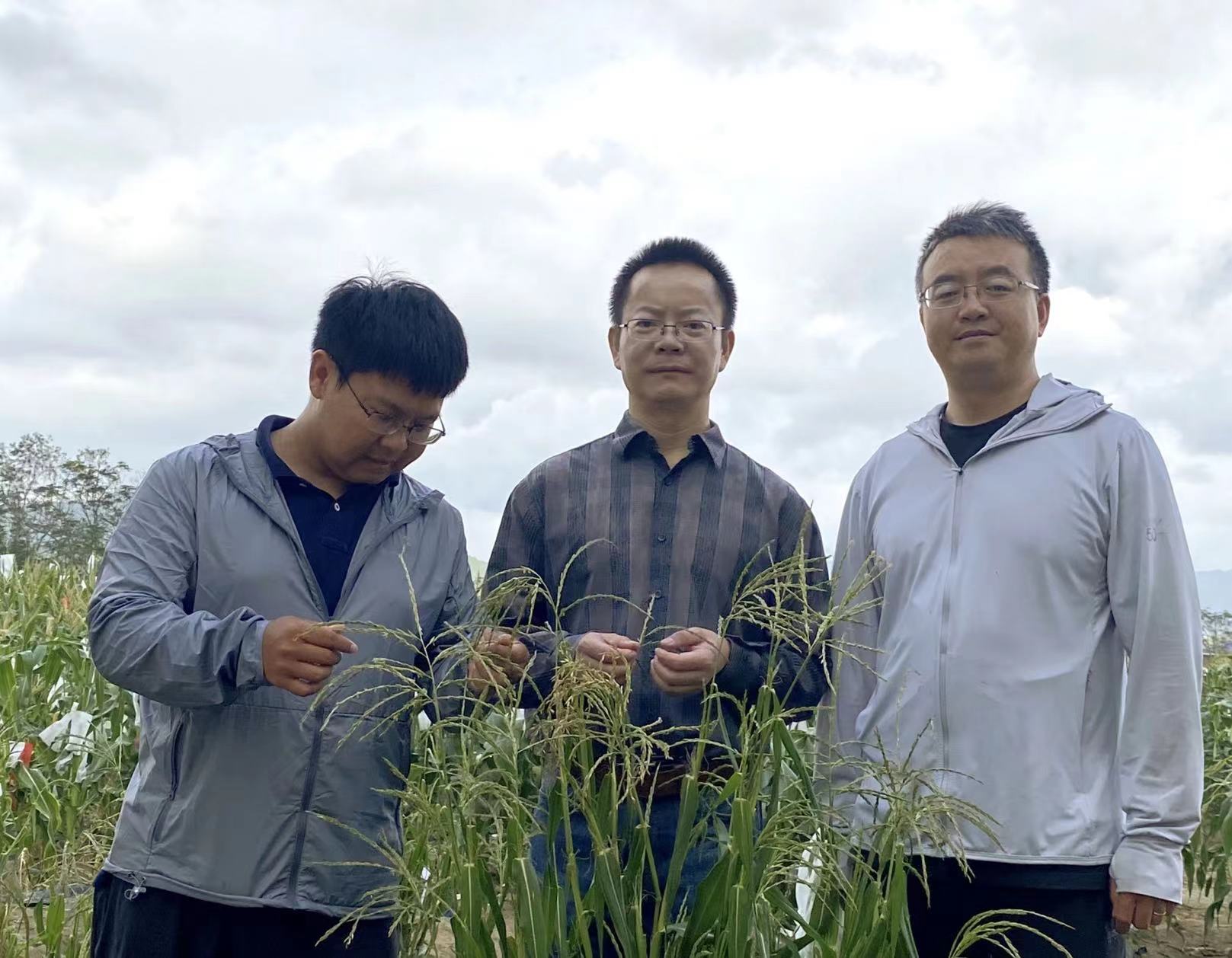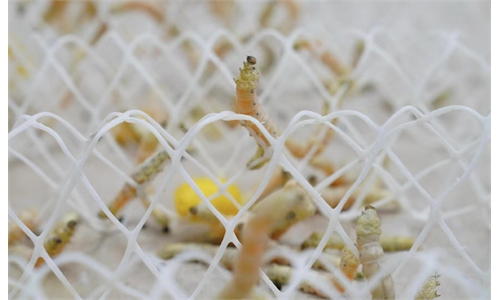Chinese scientists increase protein in maize as feed by successfully cloning mutant gene in wild maize

Ancestors of the human being began to domesticate corn as early as 9,000 years ago, and gradually transformed the weed-like wild maize teosinte into the one we have today. Source: The Paper
Scientist couple in Shanghai have cloned a mutant gene in wild maize after 10 years of efforts, significantly increasing the content of maize protein. This study is not only beneficial to the genetic improvement of modern maize grain protein content, but also has important guiding significance for reducing the application of fertilizer and protecting the ecological environment in the future.
Wu Yongrui’s research team from the Center for Excellence in Molecular Plant Sciences at the Chinese Academy of Sciences, and Wang Wenqin’s research team from Shanghai Normal University jointly published a research paper entitled “THP9 enhances seed protein content and nitrogen-use efficiency in maize” on Nature on Thursday, marking that Teosinte High Protein 9 (THP9), a key variant gene controlling high protein quality formation and efficient nitrogen use in maize, was cloned successfully from wild maize.
Since the domestication of maize by the human being as early as 9,000 years ago, maize has become one of the most productive crops in the world, with a global annual output of 1.2 billion tons, including 270 million tons in China, according to media reports.
More than 70 percent of maize is used for feed, which is also the most commonly used and the largest type of feed. However, the grain protein content of most hybrids is less than 8 percent due to the low grain protein content of the common maize, so it is often necessary to supplement soybean protein in feed.
However, China relies heavily on imports of soybeans, which has become a "bottleneck" problem in the country’s livestock and poultry industry. An increase of 1 percentage point in the regular maize protein content indicates that China can import nearly 8 million tons less soybeans.
In this regard, increasing the content of maize protein is not only a strategic requirement to ensure national food security, but also one of the important ways to ensure the healthy development of the livestock and poultry industry and feed manufacturing industry.
The mechanism of high protein formation in wild maize has been an unsolved problem for a long time, due to the reason that the key genes for controlling total protein content and efficient nitrogen use in maize has not been found.
The two research teams began in 2012 to search for high-protein maize donor materials, protein content determination, genetic analysis and population construction, and reached an important experimental conclusion that wild maize contains key genes controlling high protein content.
The teams continuously created more than 10 generations of genetic material, extracted more than 40,000 samples of DNA for genotype identification, and determined the protein content of more than 20,000 samples for phenotype analysis, and finally cloned the first major gene THP9 controlling high protein content in maize.

The photo of Wu Yongrui's research team working in a maize field in Sanya, South China's Hainan Province. Source: The Paper
In addition, the research teams carried out a large-scale field experiment in Sanya, South China’s Hainan Province, to introduce the wild maize high protein gene ThP9-T hybrid into the maize production cultivar Zheng Dan 958, which has the largest planting area in the country. It can significantly increase the protein content of the hybrid seed, which indicates that the gene has important application potential in the cultivation of high-protein maize.
At present, the research results are transforming from the laboratory to the wider field of application, through cooperation with a breeding company in East China’s Anhui Province, which may actually go to the market, according to the insiders.
Global Times

